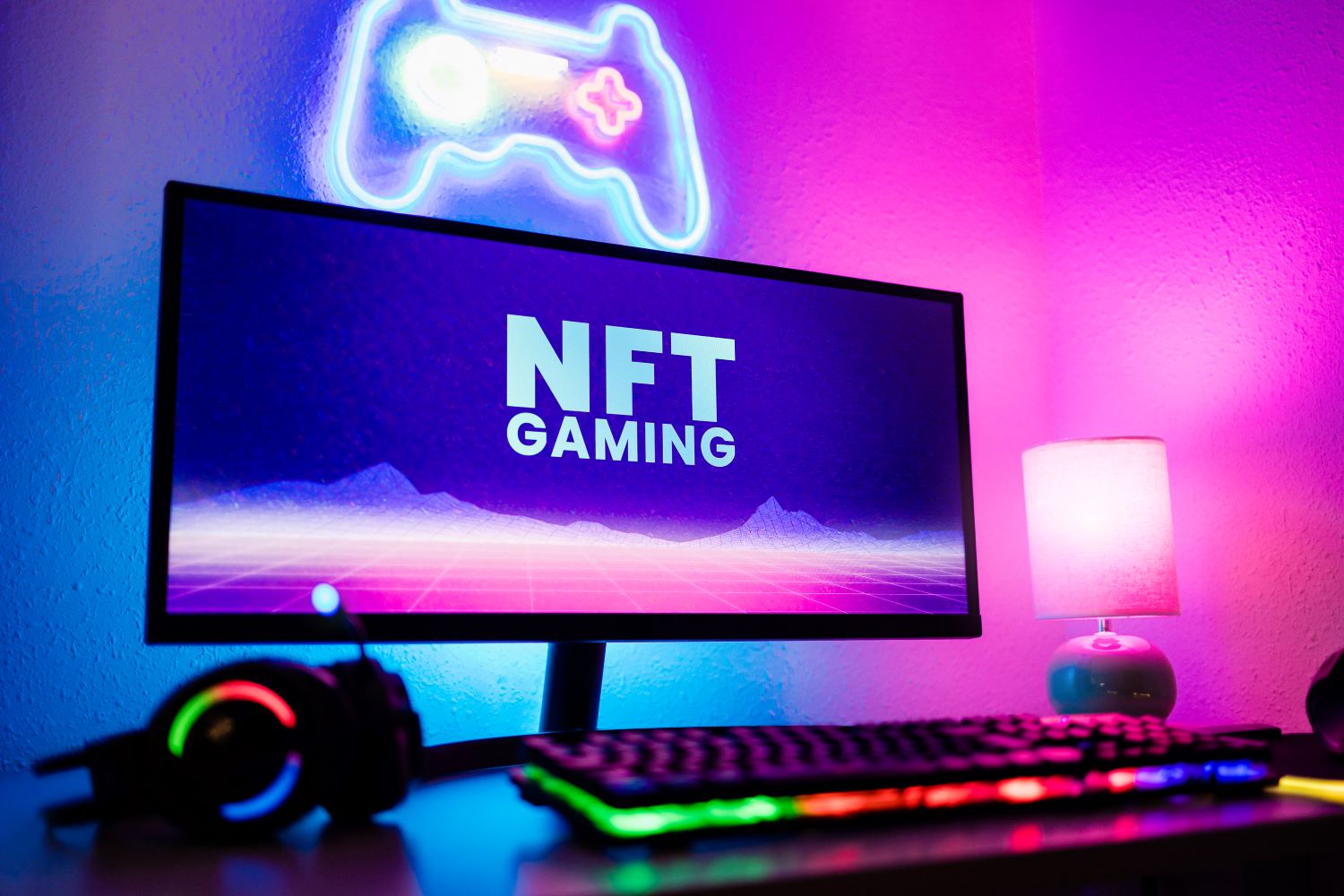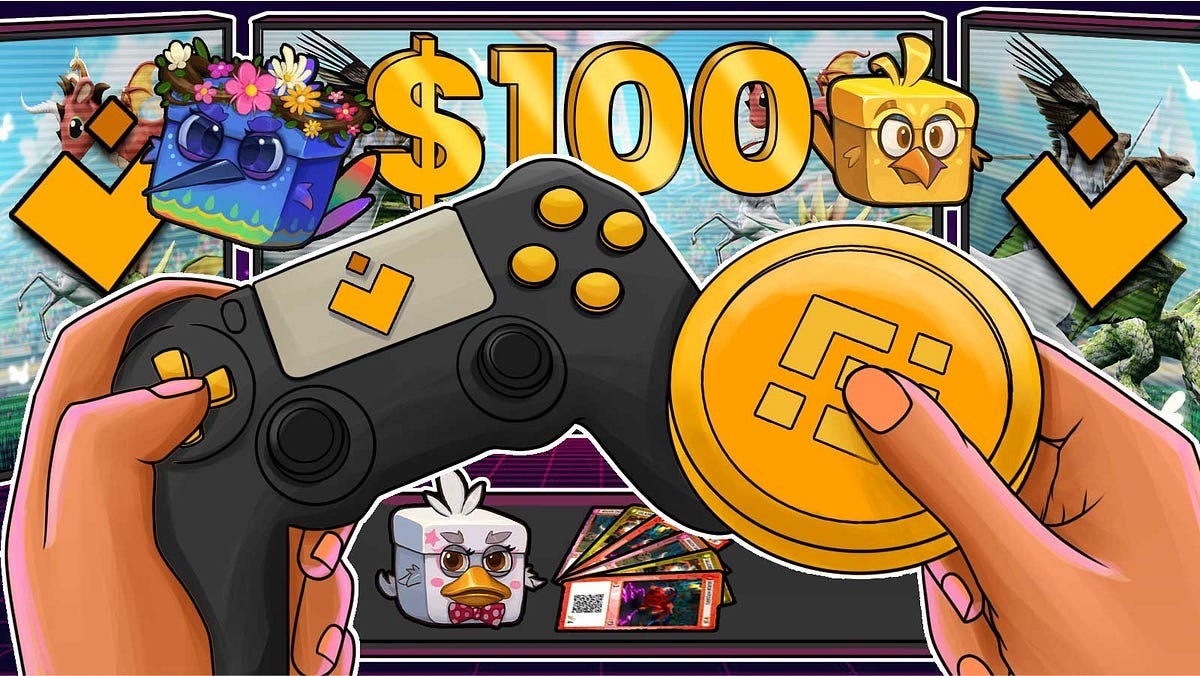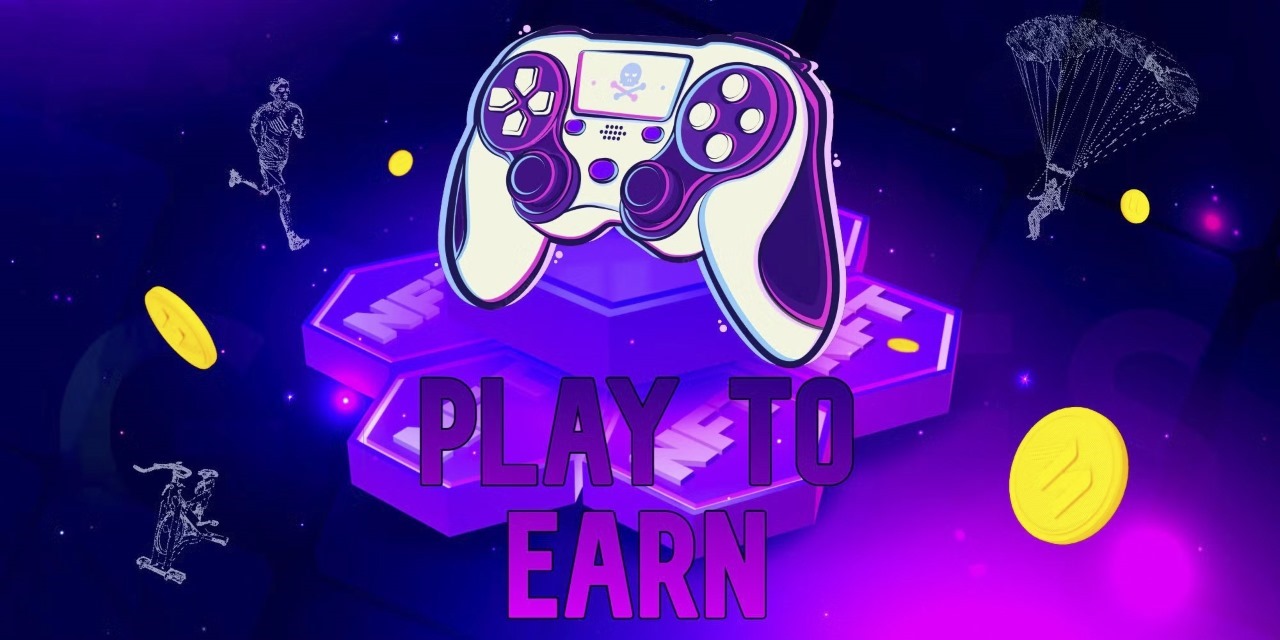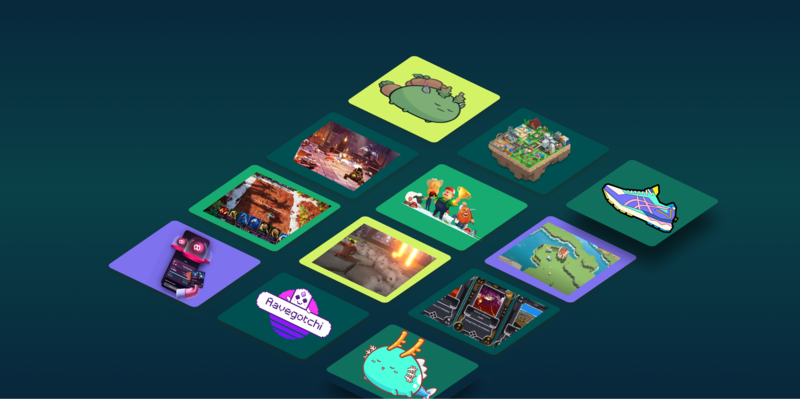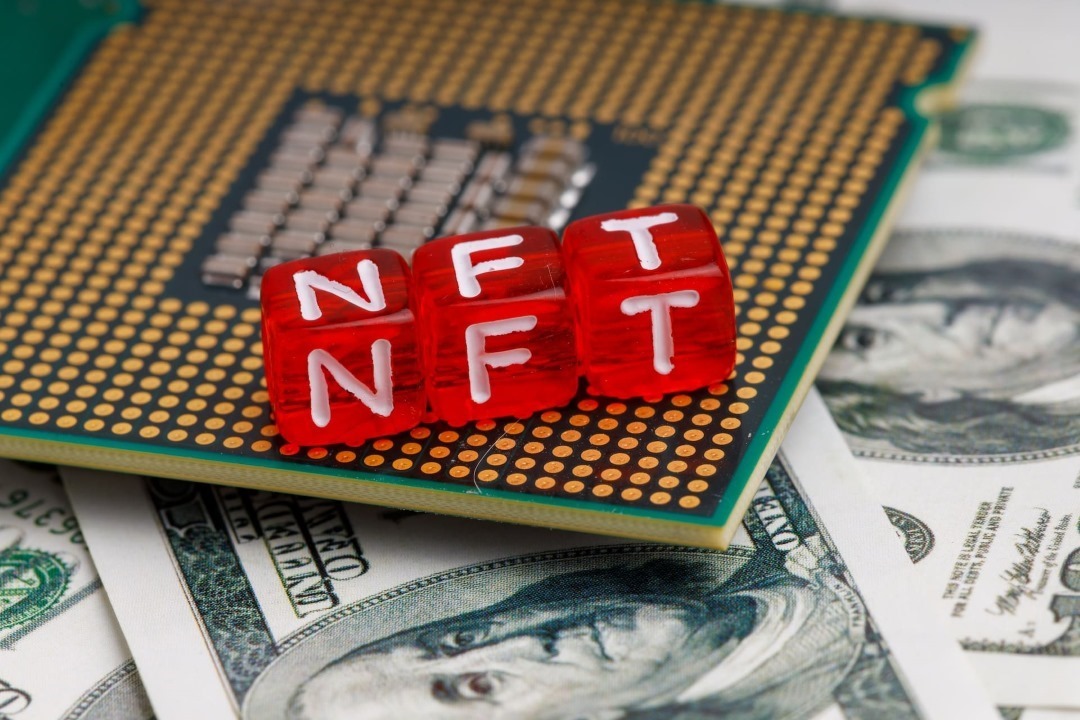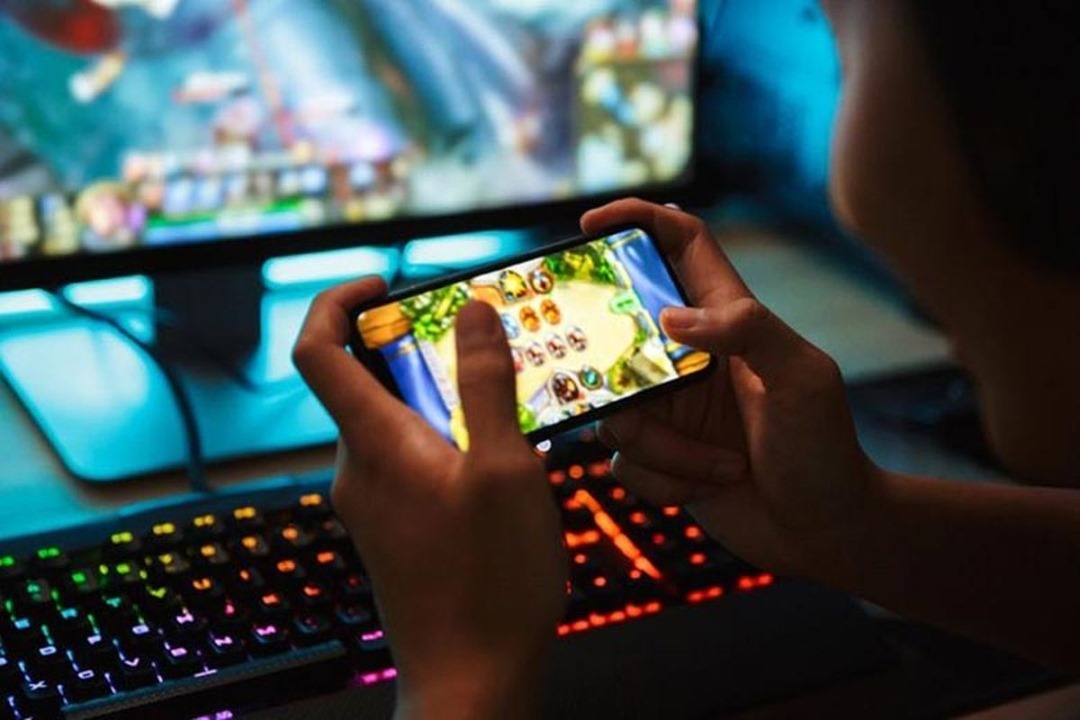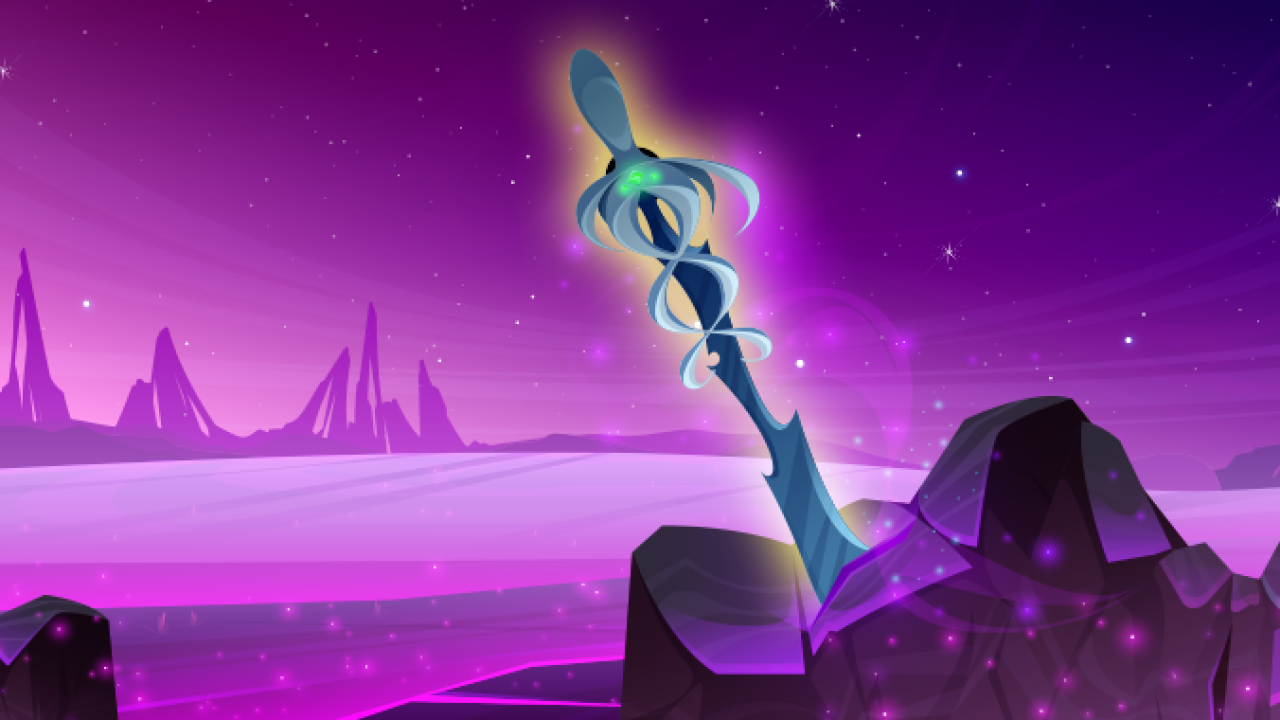The way we interact with games is undergoing one of its most radical transformations since the invention of online multiplayer. It’s not just better graphics or smarter AI anymore—it’s about ownership, economy, and identity. And at the center of this transformation is a controversial, fascinating, and still-evolving technology: NFTs.
For years, players have poured time and money into games, unlocking achievements, collecting skins, building avatars, and customizing digital identities. But none of that effort ever really belonged to them. Developers could shut down servers, revoke access, or make your progress obsolete with a new patch. NFTs are beginning to rewrite that relationship.
This article explores how NFTs are changing the way we play games—from what we own, to how we earn, to how game worlds are being built and controlled. Whether you’re excited or skeptical, it’s hard to ignore that something big is happening.
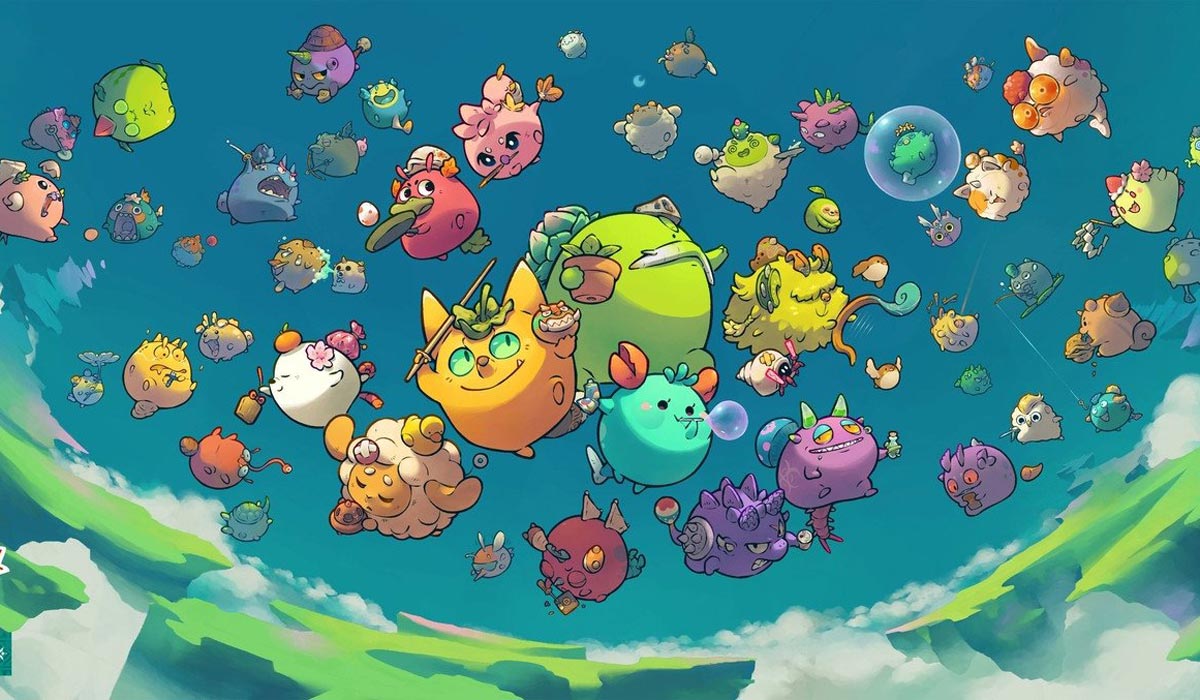
A Shift in Game Ownership
In traditional games, you don’t really own anything. Sure, you might buy a $10 skin or grind 100 hours for a legendary weapon, but it's locked inside that one game—and ultimately controlled by the publisher. If the game shuts down or your account is banned, your digital items are gone.
NFTs challenge that entire structure. With blockchain-based games, in-game items can exist as NFTs, which are stored in your personal wallet—not the game's server. That means you're the owner, not just a user. You can hold them, sell them, trade them, or use them in supported third-party apps or platforms.
This opens up a new dynamic: ownership-backed engagement. Players now have skin in the game—literally. Items become investments, characters become assets, and players begin thinking less like consumers and more like collectors, traders, or entrepreneurs.
More importantly, this isn’t theoretical. Games like Gods Unchained, The Sandbox, and Illuvium are already putting item ownership in players' hands. And platforms like OpenSea or Blur allow players to sell game items just like digital art or collectibles.
The result? Game economies are becoming more open, transparent, and flexible. And players are starting to question the old model of buying content they don’t actually control.
What NFTs Bring to Gaming
NFTs offer far more than just collectibility—they introduce a whole new set of tools for developers and experiences for players.
First and foremost, NFTs bring true scarcity and provenance to digital items. If a game launches a limited edition sword with 100 copies, and each one is minted as an NFT, players can verify its authenticity, track its trade history, and assign real value to it. This creates a natural market for rare gear, collectibles, and cosmetics—just like in the world of trading cards or physical toys.
They also bring interoperability potential. Although still in its early stages, some developers are working toward NFTs that can be used across different games or platforms. Imagine using your unique avatar skin from Game A inside Game B, or carrying a weapon between two different RPG universes. NFTs make that technically possible, even if few games fully support it yet.
NFTs also power new types of gameplay loops:
-
Collect to earn
-
Stake assets for rewards
-
Unlock exclusive missions with certain NFTs
-
Trade rare items for upgrades
And there's the community factor: NFT holders often gain access to exclusive Discords, early beta tests, or in-game advantages. Suddenly, a digital item isn't just a tool—it's a passport to deeper engagement.
Whether you’re customizing your identity, flipping rare drops, or voting on the direction of a community-run game, NFTs are expanding the player’s role in the gaming ecosystem.
From Playing to Earning
If there’s one phrase that sums up the NFT gaming revolution, it’s play-to-earn.
In traditional games, you play for fun or progression. You might earn achievements, cosmetic rewards, or leaderboard status—but none of it has value outside the game. In NFT-based games, playing can generate real-world value in the form of tradable tokens or NFTs.
This model exploded in popularity with Axie Infinity, which at its peak saw players in countries like the Philippines earning more than minimum wage just by playing the game daily. Players bred creatures (NFTs), battled them, and earned tokens that could be converted to local currency. It was a massive success—until its economy faltered due to inflation, bots, and unsustainable mechanics.
Even with that crash, the core idea remains powerful: what if games could pay you back? Not in empty promises or in-game currency, but in actual value you can cash out, trade, or reinvest.
Today, games like Big Time, Guild of Guardians, Ember Sword, and Illuvium are refining the play-to-earn model, introducing:
-
Marketplace-driven economies
-
Token staking systems
-
NFT drops for active players
-
Crafting loops where gear can be minted and sold
It’s not just about grinding for coins. It's about participation in an ecosystem where effort has measurable value.
But it’s not perfect. Critics argue that turning games into financial systems can erode fun, introduce inequality, or create speculative bubbles. Those are valid concerns—and they’re shaping the way newer games balance entertainment and earnings.
Still, for players in emerging markets or those with unique in-game skills, NFT gaming is offering something traditional games never did: a path to financial empowerment through play.
Interoperability: The Dream of Cross-Game Assets
One of the most ambitious promises of NFTs in gaming is the concept of interoperability—the idea that your digital items, avatars, or characters could travel with you across different games and platforms. Right now, every game is its own closed ecosystem. Your skin in Fortnite stays in Fortnite. Your epic loot in Diablo can’t be used in Elden Ring. But with NFT-based assets, developers are beginning to imagine a more connected gaming experience.
Picture this: you buy a custom NFT sword in one RPG, then use it in another. Or your character from one sci-fi shooter appears fully equipped in a fantasy MMO. That level of flexibility could completely shift how players think about their inventory. Instead of starting from scratch in every game, you'd carry your digital identity and belongings wherever you go.
Technologically, this isn’t impossible. NFTs are stored on public blockchains, meaning their ownership and attributes are verifiable outside the game itself. Developers could, in theory, build their games to recognize and read NFTs from external projects, and then render them with compatible models or mechanics.
A few early projects are testing this. The Sandbox has partnered with dozens of brands and projects to integrate recognizable assets across experiences. Ready Player Me offers customizable avatars designed for cross-platform use, and Open Metaverse Alliance (OMA3) is working on standards that might allow assets to flow between worlds.
Of course, there are challenges. Game engines are different, art styles clash, and balance becomes a nightmare if outside items break a game's economy or power structure. But even if full interoperability remains a distant dream, partial interoperability—like shared avatars or collectibles—could still redefine how players build identity and value across the digital space.
Right now, interoperability is a vision. But it's a compelling one that could drastically reshape how gamers approach ownership and continuity across the virtual worlds they inhabit.
How Developers Are Building Around NFTs
For developers, NFTs unlock a completely new design space. They’re not just another feature—they’re an entire economic layer that changes how games are built, funded, and sustained.
One of the first impacts is in monetization models. Instead of selling copies of a game or relying on endless microtransactions, developers can:
-
Launch with a limited collection of NFT items
-
Fundraise through pre-sale land, characters, or founder passes
-
Implement royalty mechanisms that reward them on every resale
This creates recurring revenue streams and empowers indie studios that might otherwise struggle to find early funding. Games like Treeverse, Phantom Galaxies, and Aurory are using NFT sales to fund development while building engaged communities from day one.
Developers are also experimenting with NFT-driven gameplay mechanics:
-
In The Sandbox, players can create voxel assets and sell them as NFTs.
-
In Illuvium, players collect and upgrade creatures (Illuvials), which are tradable NFTs with unique stats.
-
In Big Time, NFT drops are tied to player progression and can be used, traded, or sold.
By tying progression and item creation to NFTs, developers are turning players into co-creators and participants in the game economy. You’re not just grinding XP—you’re crafting value.
NFTs also enable decentralized governance. Some games are forming DAOs (Decentralized Autonomous Organizations) where token holders can vote on updates, mechanics, or development priorities. It’s a new kind of community-driven design, where the players shape the future of the games they play.
The result? A new breed of games where the line between player, investor, and contributor starts to blur—and where everyone has a stake in the success of the world they're helping build.
How NFTs Are Changing Game Design and Player Behavior
Introducing NFTs into games doesn’t just change the economy—it reshapes how games are played, how they’re designed, and how players behave.
Let’s start with player motivations. In traditional games, players typically fall into categories: achievers, explorers, socializers, and competitors. NFT games introduce a new type: the investor-player—someone who plays with an eye on asset value, resale potential, or yield.
This changes how people interact with the game world. Players may:
-
Focus more on grinding valuable assets than exploring story content
-
Choose factions or events based on potential rewards
-
Hoard limited items for future price increases rather than using them
For developers, this means rethinking progression loops, scarcity mechanics, and reward structures. Design has to strike a balance between fun and financial fairness. Too much emphasis on profit, and the game feels like work. Too little, and investors disengage.
NFTs also open the door to asymmetric player roles. Some players might focus on crafting items to sell. Others might run businesses inside the game world—like renting out gear or hosting events. In some games, players act as landowners or guild leaders who manage others and share in their profits.
This expands the spectrum of playstyles and creates more complex ecosystems. It also encourages collaboration and community-driven economies, where players depend on each other for resources, strategy, and success.
But it’s not all upside. There are real concerns:
-
Will wealthier players dominate with high-value NFTs?
-
Will gameplay be driven more by speculation than creativity?
-
Can new players compete if asset prices skyrocket?
These are the tensions developers now face. The challenge is to design systems that reward effort and creativity, not just early investment.
The games that figure this out won’t just make headlines—they’ll redefine what it means to play.
The Controversies and Criticisms
Despite the innovation NFTs bring to gaming, not everyone is convinced this is a good thing. In fact, the backlash from traditional gaming communities has been loud, persistent, and at times, downright hostile. And it’s not hard to understand why. The moment NFTs enter a game, a host of concerns come along for the ride.
One of the biggest criticisms is that NFTs turn games into marketplaces first, entertainment second. Instead of focusing on storytelling, gameplay mechanics, or emotional connection, games become dominated by speculation, flipping, and chasing profits. For some players, this completely undercuts the escapism and artistry that make games special.
Then there’s the “pay-to-win” fear. If powerful in-game items can be bought and sold on the open market, it’s not hard to imagine wealthier players buying their way to the top—especially in competitive games. That creates imbalance, and in some cases, drives away casual players who feel like they can’t keep up unless they spend money.
Another major concern is environmental impact. Early NFT platforms, especially those built on Ethereum before its shift to proof-of-stake, were criticized for their high energy consumption. Although the tech has improved, and many NFT platforms now use eco-friendly blockchains like Polygon or Solana, the stigma still lingers.
Let’s not forget the scam problem either. The NFT space is riddled with rug pulls, pump-and-dumps, and projects that vanish overnight. Even in gaming, there have been incidents where developers cashed in on NFT drops and disappeared, leaving players with worthless tokens and no game.
This has made gamers wary—and rightly so. Many still associate NFTs with grifts and empty promises. Several major game publishers, including Ubisoft and Square Enix, have faced fierce backlash when experimenting with NFT integration, leading some to pause or abandon their efforts.
But here’s the nuance: the problem isn’t NFTs themselves—it’s how they’re used. When implemented thoughtlessly or purely for monetization, NFTs feel predatory. But when integrated into a game that respects its players, offers real utility, and prioritizes fun, NFTs can enhance the experience without ruining it.
Skepticism is healthy. It pushes developers to be more responsible and transparent. If the NFT gaming space is going to evolve, it has to earn trust—not demand it.
The Future of Gaming with NFTs
So where do we go from here? Are NFTs a gimmick that’ll fade into gaming’s long history of failed monetization experiments? Or are they a foundational layer in the next generation of interactive worlds?
Realistically, it’s probably both.
The early gold rush is over. The wild speculation, the avatar copycats, the meaningless projects—they’ve mostly run their course. What’s left now is something quieter but far more interesting: a slow, steady integration of NFTs into games that people already want to play.
We’re already seeing signs of this:
-
Games like Parallel, Big Time, and Shrapnel are building rich, complex gameplay systems where NFTs are just one part of a larger experience.
-
NFT use is becoming more subtle—players might not even know they’re interacting with blockchain tech unless they choose to.
-
Cross-platform standards are being developed to make interoperability more feasible.
-
Traditional game engines like Unity and Unreal Engine are offering Web3 toolkits for developers.
-
Wallet solutions are getting more user-friendly, with options to log in using social accounts or avoid handling private keys altogether.
What we’ll likely see is a hybrid era, where some games use NFTs heavily, others integrate them lightly, and many opt out altogether. But over time, features like true ownership, portable identities, and open economies may become normal—not novel.
And it won’t just be games. Music, film, fashion, sports, education—all of these industries are finding ways to use NFTs to enhance engagement, unlock access, and reward loyalty. Gaming just happens to be leading the charge.
Final Reflection: Playing in a New Era
NFTs have already changed the way we think about games—even if we’re not all playing them yet.
They’ve redefined the relationship between players and publishers, blurred the line between work and play, and introduced the idea that virtual achievements can have real-world value. They’ve raised difficult questions, triggered pushback, and exposed the risks of turning fun into finance. But they’ve also opened doors.
The truth is, NFTs aren’t going to “save” gaming—and they shouldn’t. Games should always be about immersion, creativity, challenge, and connection. What NFTs can do is expand the toolbox. They can make items meaningful, ownership real, and economies more inclusive. They can reward creators, empower players, and build bridges between virtual and real worlds.
We’re still early. There’s a lot to figure out—ethically, technically, economically. But the direction is clear: games are becoming more than entertainment. They’re becoming ecosystems, economies, and extensions of who we are online.
NFTs are just one layer of that evolution. Not the destination—but a powerful part of the journey.

